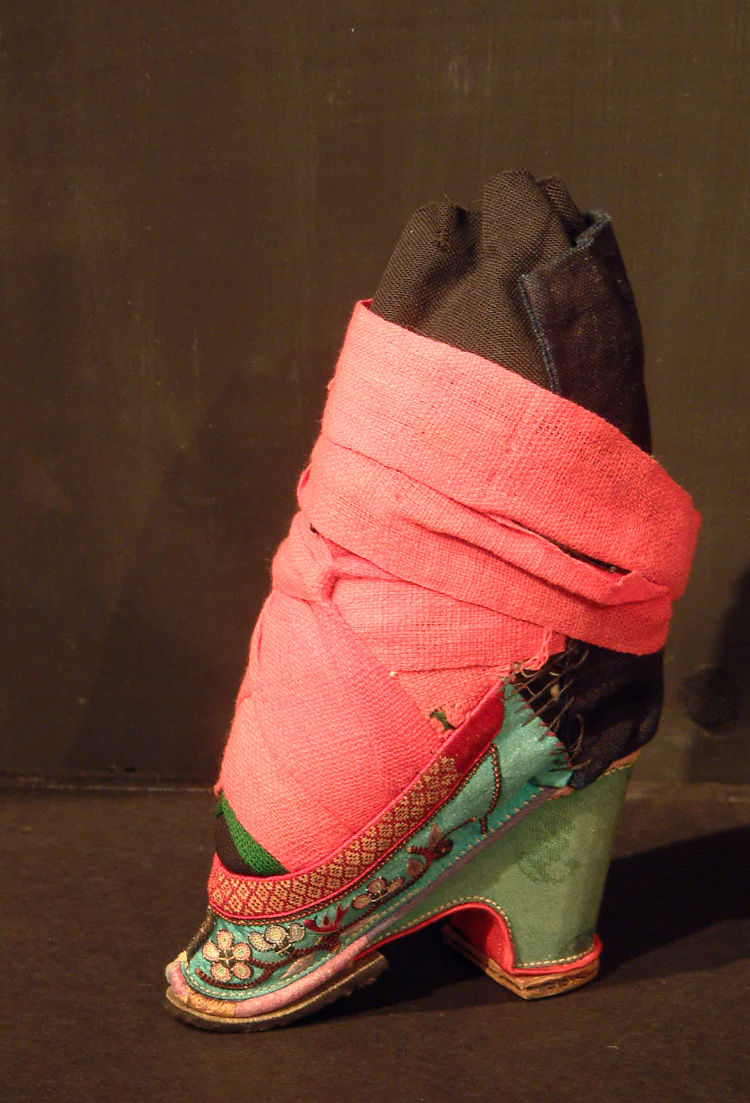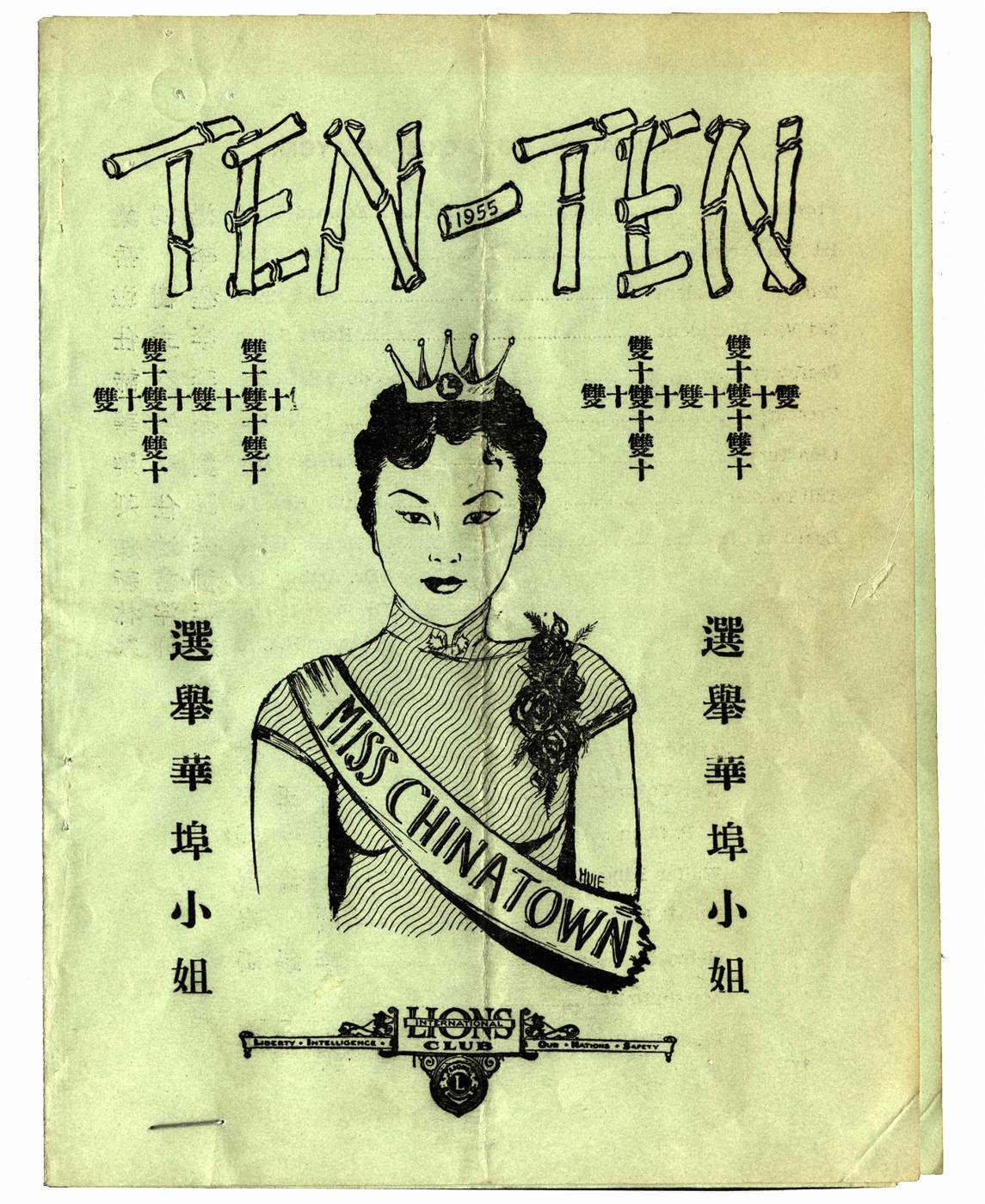Foot binding was practiced in ancient China, gaining popularity among the elite in the 11th century. Having bound feet communicated both beauty and wealth as it indicated that the woman did not need to work. In some cases, foot binding became a means for poorer women to marry into higher classes. While the practice continued into the 20th century, it was outlawed by the Nationalist government in 1912 as social movements called for modernizing Chinese society and with it, liberating women from social constraints. However, the ban was not strictly enforced. Zhiqiang Shoe Factory in Harbin, China, the last company to produce foot binding shoes, closed in 1999. The shoe pictured here belonged to donor Cora May Chin’s grandmother, Chu Fok, who rebelliously unbound her own feet.
Collections馆藏Collections馆藏Collections馆藏Collections馆藏Collections馆藏Collections馆藏Collections馆藏Collections馆藏Collections馆藏Collections馆藏Collections馆藏Collections馆藏Collections馆藏Collections馆藏Collections馆藏Collections馆藏Collections馆藏Collections馆藏Collections馆藏Collections馆藏Collections馆藏Collections馆藏Collections馆藏Collections馆藏Collections馆藏Collections馆藏Collections馆藏Collections馆藏Collections馆藏Collections馆藏Collections馆藏Collections馆藏Collections馆藏Collections馆藏Collections馆藏Collections馆藏Collections馆藏Collections馆藏Collections馆藏Collections馆藏Collections馆藏Collections馆藏Collections馆藏Collections馆藏Collections馆藏Collections馆藏Collections馆藏Collections馆藏Collections馆藏Collections馆藏Collections馆藏Collections馆藏Collections馆藏Collections馆藏Collections馆藏Collections馆藏Collections馆藏Collections馆藏Collections馆藏Collections馆藏Collections馆藏Collections馆藏Collections馆藏Collections馆藏
Foot Binding

12 August 2019 Posted.
Bound feet shoe, embroidered fabric w/ wooden, concave heel and leather sole, pointed toe. Courtesy of Cora May Chin, Museum of Chinese in America (MOCA) Collection.
弓鞋,绣花鞋面,木制鞋底,高跟皮垫,尖头。Cora May Chin捐赠,美国华人博物馆(MOCA)馆藏
